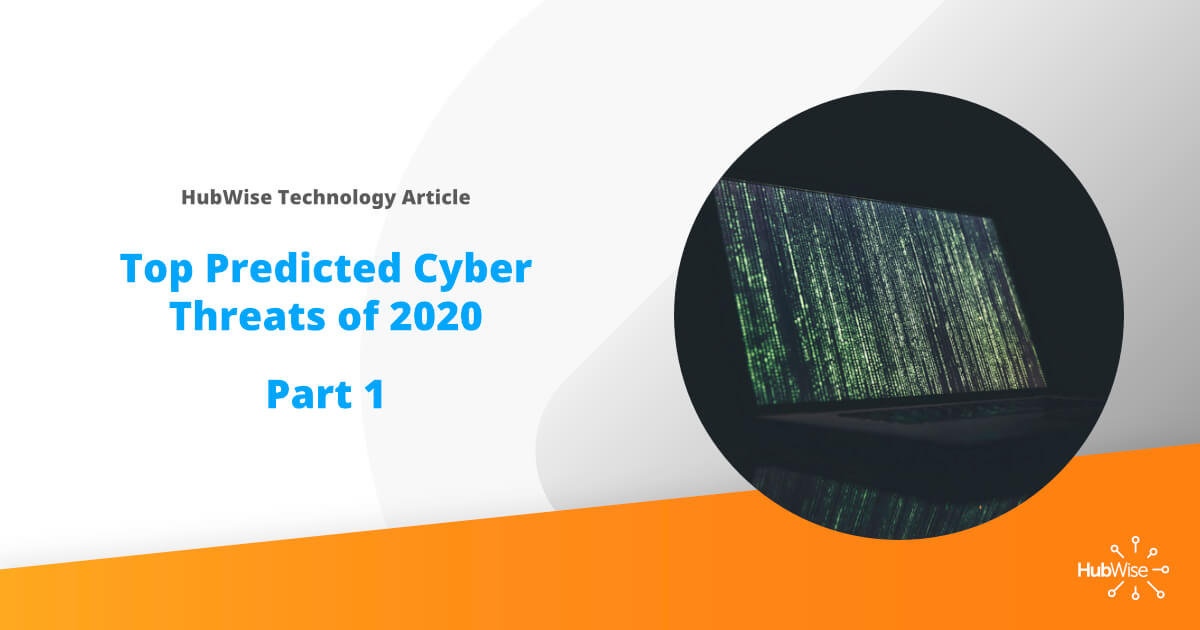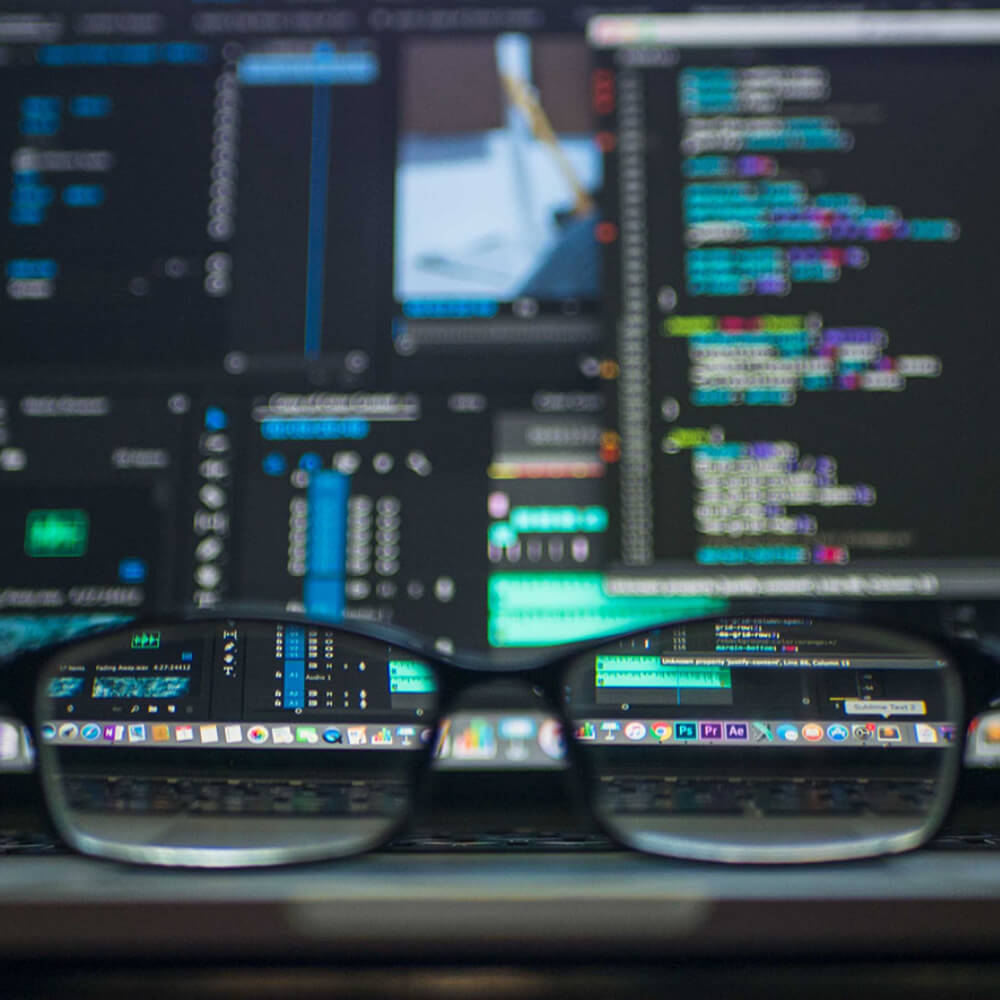
Top Predicted Cyber Threats of 2020 – Part 1
Now that we are in the new year, it is always a good practice to become aware of what the experts think will be the next big wave of cybercrime and how to combat it.
Over the last couple years, Ransomware, Malware and Remote Desktop Protocol (RDP) have become so commonplace that the verbiage is now part of the lexicon. These threats will not disappear but will continue to evolve. There are measures that can be put in place to stop or at a minimum hinder these types of attacks, but how will we stop the next generation and what will they be. At HubWise Technology we constantly try to evolve our ability to detect these threats and stop them from invading our customers networks.
McAfee recently posted a discussion about what they believe to be the next wave of threats that we must prepare for. With the advances that are being made to Artificial Intelligence (AI) and Machine Learning (ML) they will be more advanced and, in the beginning, harder to spot. What they, McAfee see as the greatest security threats to evolve in the coming year are; An increase in the quality of deep fakes, used to bypass facial recognition and created for misinformation. Ransomware attacks will still be prevalent but with become 2 stage extortion schemes, Application Programming Interfaces (API) will be found as the weakest link leading to cloud-native threats, new threats will emerge due to misconfigurations in containerized applications.
Deep Fakes
Recently deep fakes have become part of the new lexicon. These videos are currently getting better and more sophisticated which makes it more difficult to tell reality from fake. These are videos that take a person in an existing image or video and replace them with the likeness of someone else. While we may laugh at a video that has an image of Nicolas Cage superimposed over another actors’ face, there are security risks involved also. One of the larger risks involved with these videos are political and the ability of deep fakes to influence the masses. This could become critical during the 2020 election cycle. Earlier this year a video of Nancy Pelosi was passed as proof that she was slurring through a speech, this slur either caused by inebriation or health risks. The larger and more immediate concern is their use to defraud individuals or corporations. In early 2019, a British CEO was tricked by a deep fake into sending almost $250,000 to a scammer; he believed he was speaking to the CEO of his parent company. Currently a coalition of tech companies have started The Deepfake Detection Challenge to find an easier way to distinguish between a real video and a deepfake. At Present it is a complicated process using a similar algorithm to what is used to make them or using Blockchain to verify the source of the media prior to it’s release.
Look for part 2 which will discuss 2 stage extortion schemes, API threats and containerized applications and the risks associated with them. If you question your network security and would like to know that it is safe, please reach out to HubWise Technology, jmoen@hubwisetech.com or at 402-339-7441
